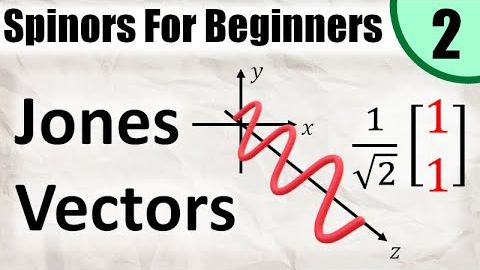旋光子入門 2:瓊斯矢量和光偏振 (Spinors for Beginners 2: Jones Vectors and Light Polarization)
kevin 發佈於 2024 年 09 月 14 日  沒有此條件下的單字
沒有此條件下的單字US /prɪˈtɛnd/
・
UK /prɪ'tend/
- v.t./i.假裝;裝做
- adj.虛假的
- n. (c./u.)假裝
US /ˈfɪzɪkəl/
・
UK /ˈfɪzɪkl/
- n. (c.)身體檢查
- adj.身體的;肉體的;物質的;物理的
- n.體育
- n. (c./u.)條件;條款;期間;期限;學期;術語;關係;項;妊娠期;任期
- v.t.命名
US /ˈpɑzɪtɪv/
・
UK /ˈpɒzətɪv/
- adj.積極的;建設性的;確定的;正極的;積極的;有利的;陽性的;樂觀的;正數的;正像的
- n.正片
